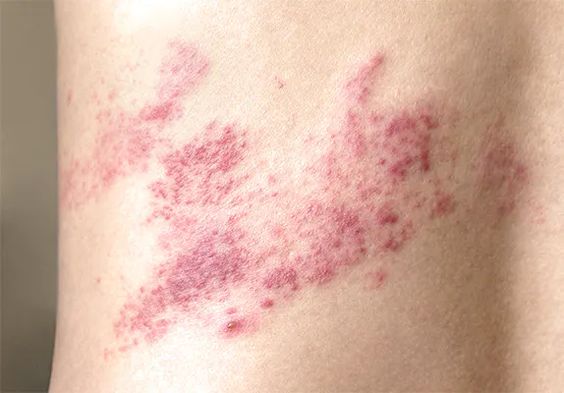A laboratory analysis conducted at the renowned Inter Scientific laboratory in Liverpool has brought to light the disturbing health risks associated with vaping among underage users. The study involved the testing of 18 vapes collected from Baxter College in Kidderminster, and the results were deeply concerning.
The laboratory analysis revealed that children using vapes could be inhaling more than double the recommended daily safe amount of lead and up to nine times the safe amount of nickel. The World Health Organization warns that high levels of lead exposure in children can negatively impact the central nervous system and brain development. Shockingly, the presence of these metals was not solely attributed to the heating element but was also found in the e-liquid itself.
The study further uncovered the presence of compounds called carbonyls in the tested vapes. When e-liquid heats up, these carbonyls break down into chemicals such as formaldehyde and acetaldehyde, which are also found in cigarette smoke. Disturbingly, the levels of these harmful chemicals were found to be ten times higher in the analyzed vapes compared to legal ones. In some instances, the levels even exceeded those found in traditional cigarettes.
Most of the tested vapes were found to be illegal and had not undergone any form of testing before being sold in the UK market. David Lawson, co-founder of the laboratory, expressed his shock at the results, stating that the devices violated permitted levels of metal content. This lack of oversight stems from the fact that while e-cigarettes and e-liquids must be registered with the Medicine and Healthcare Products Regulatory Agency (MHRA), the agency does not verify the claims made in the registration process nor possess the authority to investigate unregistered products.
These findings have alarmed educators, health professionals, and concerned individuals alike. Mat Carpenter, the head teacher at Baxter College, has taken measures to mitigate vaping opportunities within the school, such as installing sensors in the restrooms. However, Carpenter acknowledges the need for a stronger message and emphasizes that while vaping may have potential benefits for current smokers, children should not be engaging in this behavior.
Epidemiology professor John Britton, affiliated with the University of Nottingham and the Royal College of Physicians Tobacco Group, warns of the dangers of inhaling metals. Lead, a neurotoxin, can impair brain development, while chrome and nickel act as allergens and can trigger blood clotting and worsen cardiovascular disease when present as metal particles in the bloodstream. The carbonyls found in the vapes were also identified as mildly carcinogenic. However, Professor Britton reassures that legal vaping products typically contain extremely low levels of these substances, resulting in minimal lifetime risks for individuals.
The significant rise in the availability of illegal vaping products has prompted the government to allocate £3 million to address this pressing issue in England. The aim is to fund more test purchases, remove these illicit products from stores, and gather evidence to effectively reduce children's access to vapes. The need for stronger regulation and proactive measures to combat the sale and distribution of illegal vapes is more critical than ever.
Safeguarding the health and well-being of young individuals is of utmost importance. It is imperative to educate children about the potential risks associated with vaping and discourage their engagement in this harmful behavior. Raising awareness among parents, educators, and the wider community is crucial in curbing the allure of vaping among underage individuals.
The findings from the laboratory analysis have shed light on the inadequacies in the regulation and oversight of vaping products. Stricter enforcement of existing regulations, including thorough testing and verification processes, is necessary to ensure the safety of consumers, particularly young users who may be more vulnerable to the adverse effects of these devices.
Addressing the vaping crisis requires collaborative efforts from various stakeholders. This includes manufacturers adhering to rigorous quality standards, policymakers enacting stricter regulations, and regulatory bodies like the MHRA actively monitoring and verifying claims made by vaping product manufacturers. By working together, we can create a safer vaping landscape and protect the well-being of our children.









